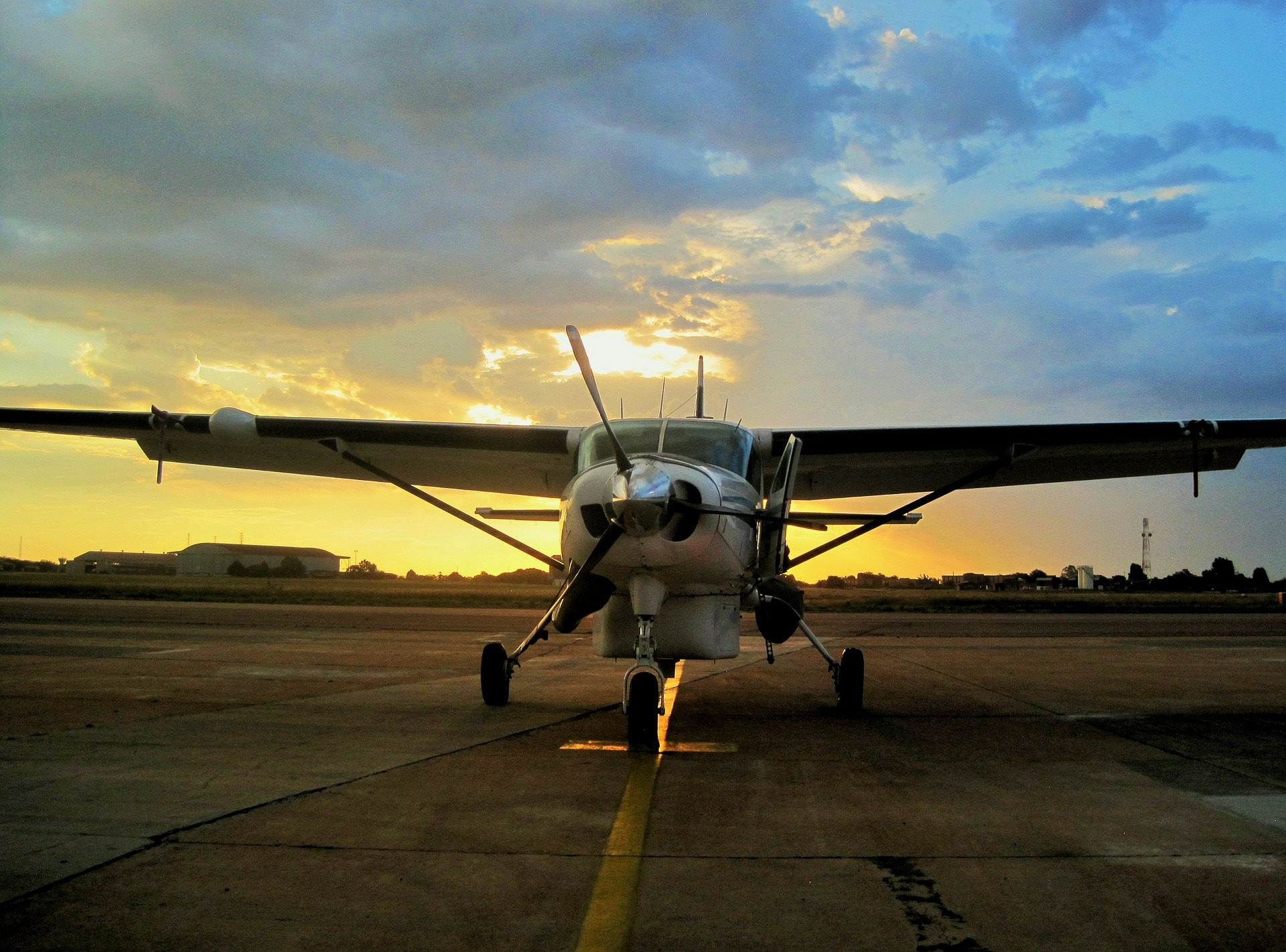
ACN and PCN stand for Aircraft Classification Number and Pavement Classification Number, respectively. These two numbers were designed to express certain values in aviation and regulate certain fields in aviation with the aim of increasing safety and providing better efficiency.
(Learn more about this and more in our course International Trip Planning)
What is ACN/PCN?
According to FAA AC 150/5335-5C document, the ACN/PCN is a method developed by the International Civil Aviation Organization used to classify the pavement bearing strength of the apron pavement, runway, and the taxiway.
This document, available on the official FAA website, provides detailed instructions necessary for calculating these values. Namely, the ACN values are calculated to determine the PCN through the COMFAA program.
This document also provides insight into rules and regulations regarding airport data changes. Those relate to the Gross Weight and the Pavement Classification Number, found in Data Elements 35 through 38 and Data Element 39 documents, respectively. You can find more information on the software design here.
The purpose of ACN/PCN
The main goal of the Aircraft Classification Number and Pavement Classification Number method is protecting the runway, apron, and taxiway from excessive wear and tear. Finally, these methods, if applied correctly, prolong the usable life of these airport segments. In this way, they also improve the safety of all stakeholders involved in the air traffic processes, especially ground activities.
The PCN
We can say that the Pavement Classification Number equals the Aircraft Classification Number of the “most damaging aircraft”. That is the aircraft having the most demanding ACN that uses the apron pavement, taxiway, or the runway on a regular basis.
The PCN values can be found in the CAA CAP 1054 Aeronautical Information Management document.

The PCN code parts
PCN is a number easily recognizable thanks to its five-part code. The code is peculiar for its forward-slashes. It clearly describes the concerned pavement, i.e. its load-bearing capacity.
PCN Parts
The first part of the PCN code is its numerical value. It indicates the load-bearing capacity of a particular part of the pavement. This part is a whole number which is based on the geometry of the aircraft, traffic patterns of the pavement, and other factors. Therefore, this number does not reflect the net bearing capacity of the pavement.
The second part of the PCN code is a letter. It can be the letter “R” or letter “F”. R stands for “rigid”, while F stands for “flexible”. Concrete pavements have mark “R”, while asphalt pavements carry mark “F” in their PCN code.
The third part of the PCN code can be letter A, B, C, or D. These letters reflect the subgrade of the pavement. “A” marks a very strong subgrade, usually a concrete-clay combination. “D” subgrade marks very weak, uncompact soil types.
The fourth part of the PCN code can be a letter or a number. It shows the max tire pressure supported by the pavement. The letters include W, standing for an unlimited pressure capacity, X, showing a high pressure, up to 1.75 MPa; Y, marking a medium pressure capacity with up to 1.25 MPa, and Z showing a low pressure, up to 0.5 MPa.
The fifth part of the PCN code is, again, a letter. It marks the method used to obtain the code. If the fifth part contains the letter “T”, it means that the technical evaluation was used. If it contains the letter “U”, physical testing was applied.
Example of PCN code
If the PCN code says “70/R/B/Y/T”, it means that the load-bearing capacity of the underlying pavement is 70, the pavement is rigid, it is on a medium-strength soil (subgrade), the tire pressure limit is up to 1.25 MPa, i.e. it is medium, and the results were obtained through the technical evaluation.
The ACN code
According to the FAA AC 150/5335-5 document, CAN stands for Aircraft Classification Number and it shows the effect of the aircraft on a given pavement at a specified configuration.
ACN is determined for each aircraft separately. Also, the tests are made for the relationship of each aircraft and each, different, pavement. There are many factors affecting the ACN. Those include the landing gear design, distance between the wheels, weight of the aircraft, etc.
Each manufacturer calculates the ACN for each new aircraft. They must publish the results in the flight manual. Each table provided for each aircraft must show two values, i.e. two ACNs for two different weights. The first one shows the maximum total weight of the aircraft and its ACN, while the second shows the ACN when the aircraft is empty.
Pavement Types
In addition, the ACN number depends on the pavement type. There are two main types of pavements and several sub-types. Those are the flexible and rigid pavement. Also, another important value is the CBR number. It stands for California bearing ratio. This number shows the result of the natural ground mechanical strength penetration test.
There are several types of flexible pavements. Those include the A pavement, which has high strength, with CBR mark 15; B pavement with medium, CBR 10 strength; C pavement with low strength and CBR 6; and D pavement with ultra-low strength and CBR 3.
When it comes to rigid pavements, there are also four sub-types of these pavements. Those include the A pavement with high strength and subgrade k = 150 MN/m3; the B pavement with medium strength and k = 80 MN/m3; C pavement with low strength with k = 40 MN/m3; and the D pavement with ultra-low strength and k = 20 MN/m3.
The Bottom Line
ACN/PCN code is the standardized method of determining the effect of an aircraft in relation to the given surface type (ACN) and the load-bearing capacity of the apron, runway, or taxiway.
This method was developed in order to increase the overall aviation safety through protecting the pavements within the airport complex from wear and tear resulting from the impact of the aircraft.
Each aircraft manufacturer must determine and publish the ACN code of an aircraft, while each airport runway, taxiway, and apron pavement must have the PCN code.
Learn more about this and more in our course International Trip Planning
Become an Aviation Virtual Trainer
Virtual Aviation Trainer (Train the Trainer) Course |
